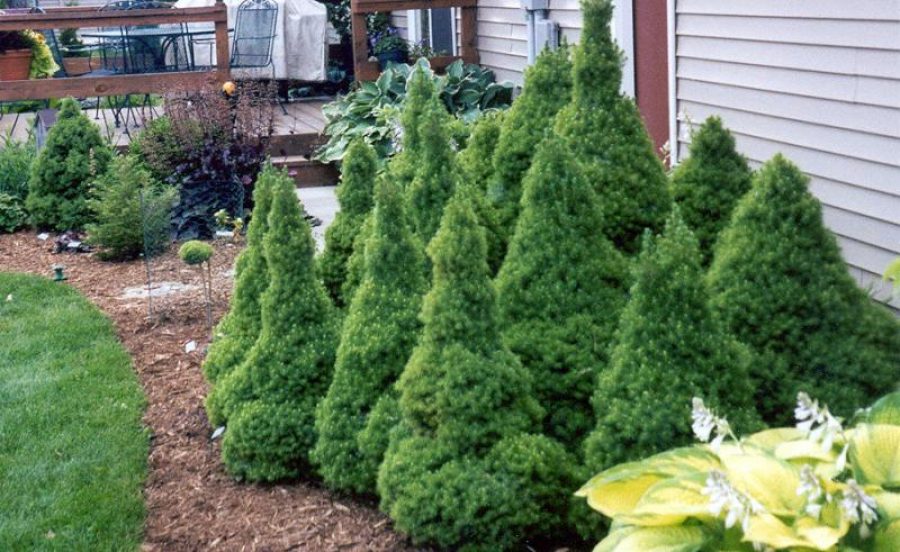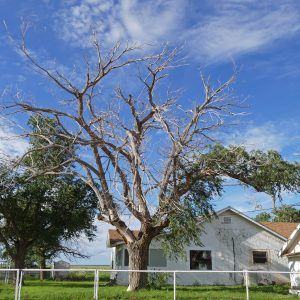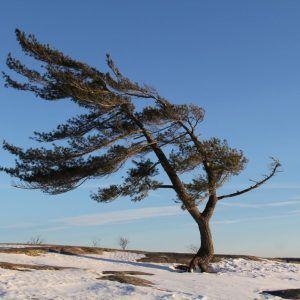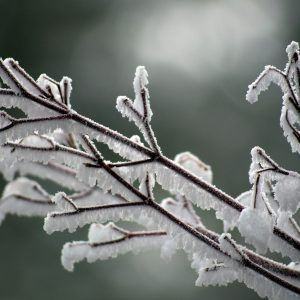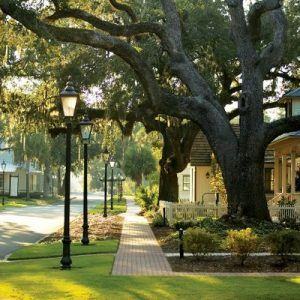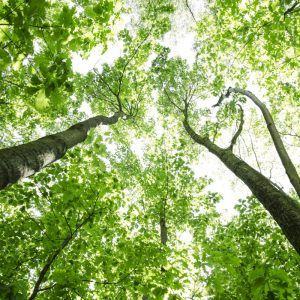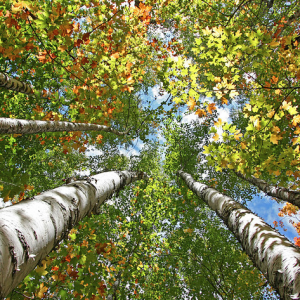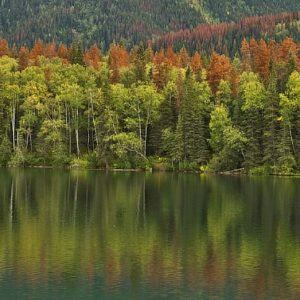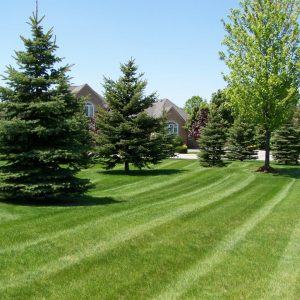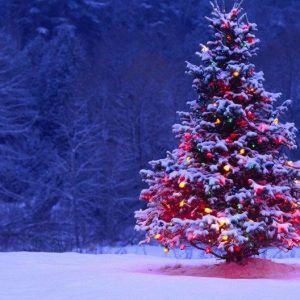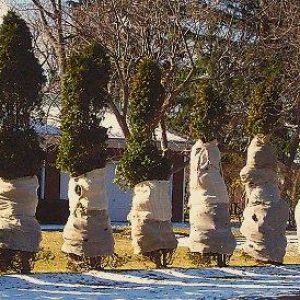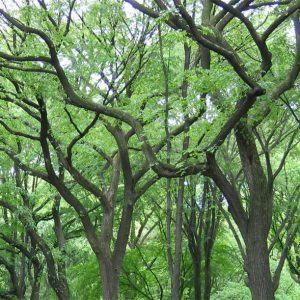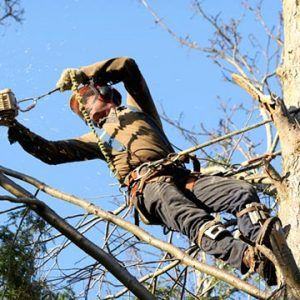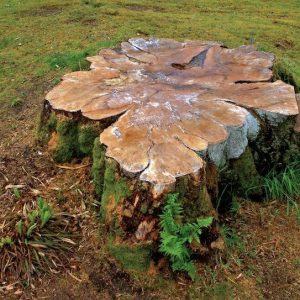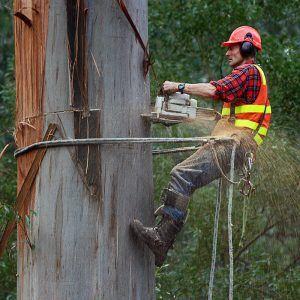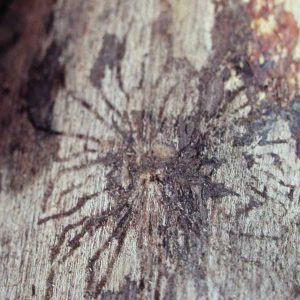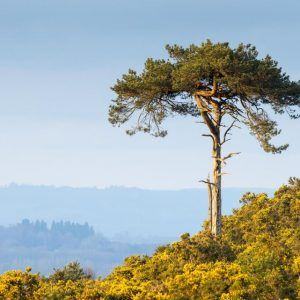While beech trees may dominate in Europe, here in Canada the Spruce is king – it is probably the most common tree to be found across our wide nation. The reason that these beautiful evergreens with their delightful aroma are so comfortable in Canada is that they thrive in colder climates. We typically think of trees as random objects in nature that follow no rhyme or reason, but as we’ve emphasized time and time again here on the Chipps Tree Care services blog, trees are complex organisms that have evolved over millions of years and possess rich lives as individuals and within their communities.
An interesting aspect of the survival techniques of trees is that their lot in life is – quite literally – fixed. The seed of a tree lands where it lands, and unless an animal or a strong gust of wind moves the seed, it’s fate is sealed. So whether it grows in a swamp where its root may be exposed to rot, an open plain where the sun may burn its bark, or beneath a shady patch of greedy beech trees drinking in all the good sunlight, a tree must find a way to survive.

In central Europe, where conditions are ideal, the beech tree is king because it grows up through the crown, beating out the competition in the quest for light to photosynthesize. In Alberta, where we operate, conditions are too cold for the beech tree to proliferate in any kind of significant way. Much like early settlers trying to get a foothold in the frozen winter lands of Canada, spruce trees have developed several tricks for weathering the winter.
If you’re interested in decorating your property with Picea Glauca (which also goes by the name Alberta spruce) that will stay green and gorgeous all year round, we can plant your trees and beautify your yard! Here are some more interesting facts about what makes spruce so special:
As you may have surmised from earlier comments, the deciding factor for a trees survival is its ability to grow tall enough to receive a healthy amount of sunlight. Growth season often occurs in a very short window each year, sometimes lasting only two or three weeks. Before a deciduous tree can grow, it needs to regrow the leaves it lost in winter – only then can it start the process of photosynthesis and rapid growth.
For spruce trees, the process is fast-tracked, since they never lost their pine needles – which serve the same purpose as leaves. Pine needles contain essential oils in their bark and needles that prevent them from freezing. Thus, when spring and summer come around, they are ready to grow out the gate, without losing a single day! Spruce trees have an opportunity to produce a tremendous amount of wood and sugar, allowing them to grow a few inches every year, even in Canada’s inhospitable climate.
As with humans living the world over, in the Canadian territories, Alaska and northern Russia, it is truly fascinating that trees can survive and proliferate in such a variety of environments. If you host spruce trees on your property, hopefully you have a new appreciation for them. Give us a call if you’d like your spruce trees pruned, or if you want some planted in your yard!


